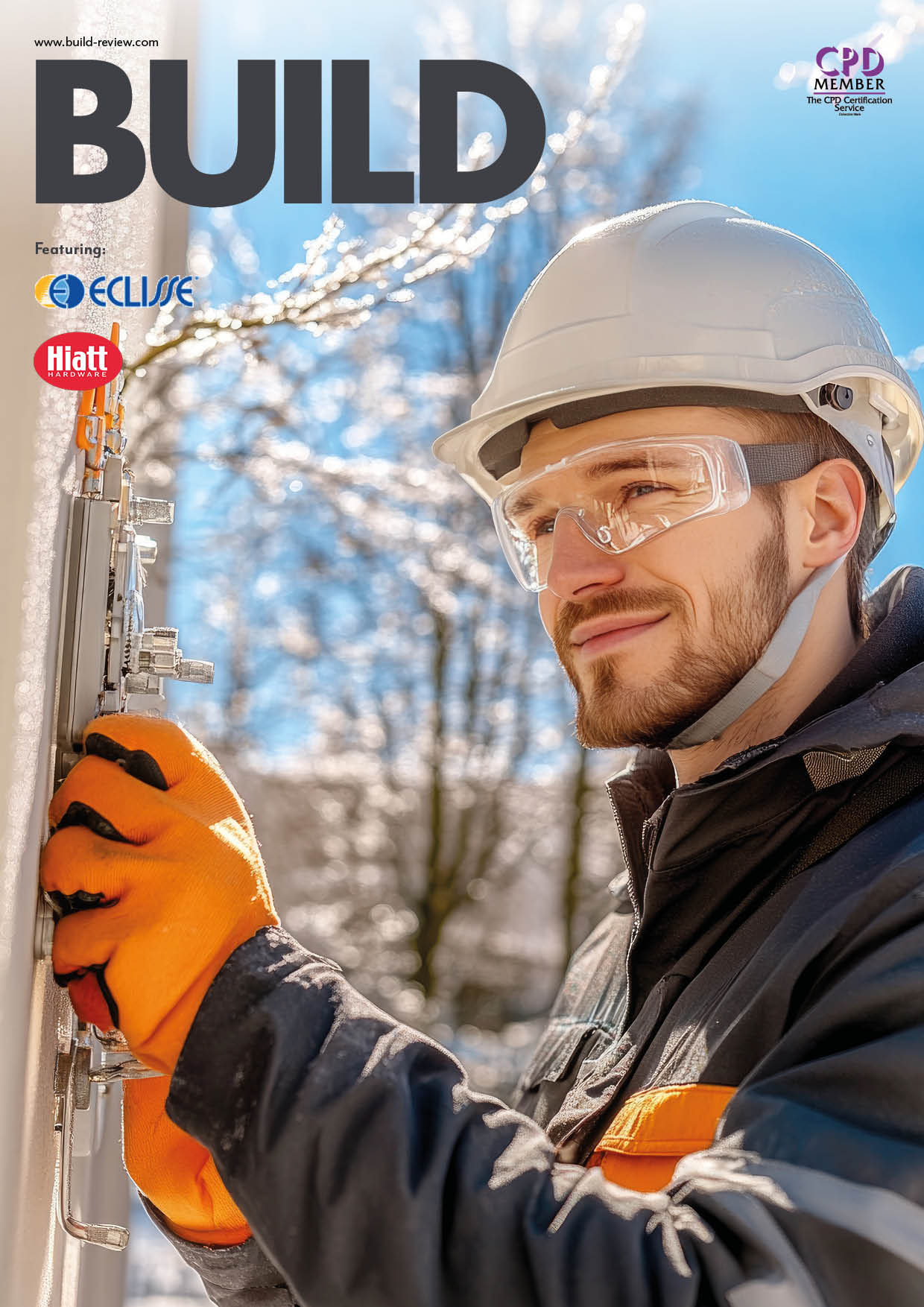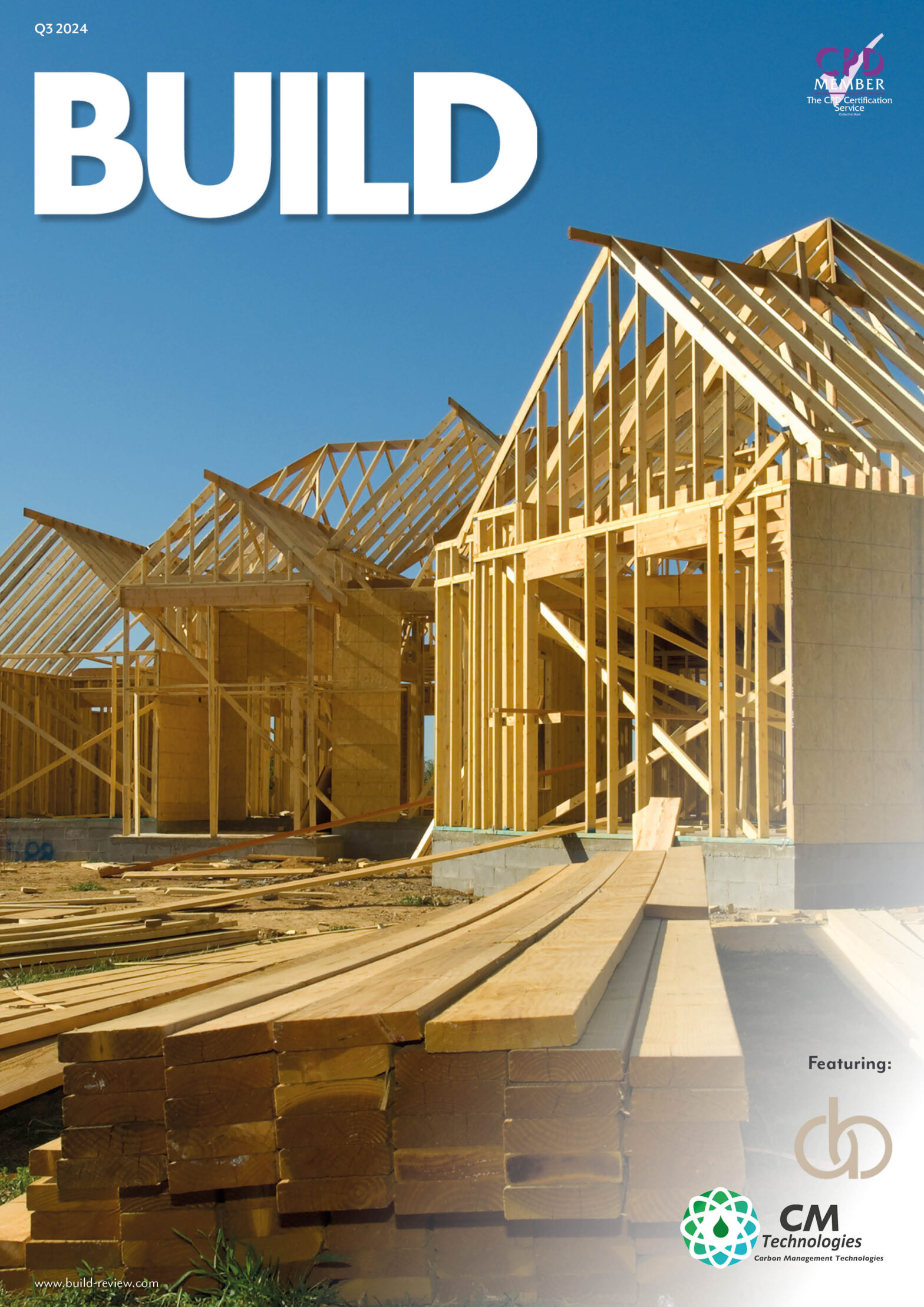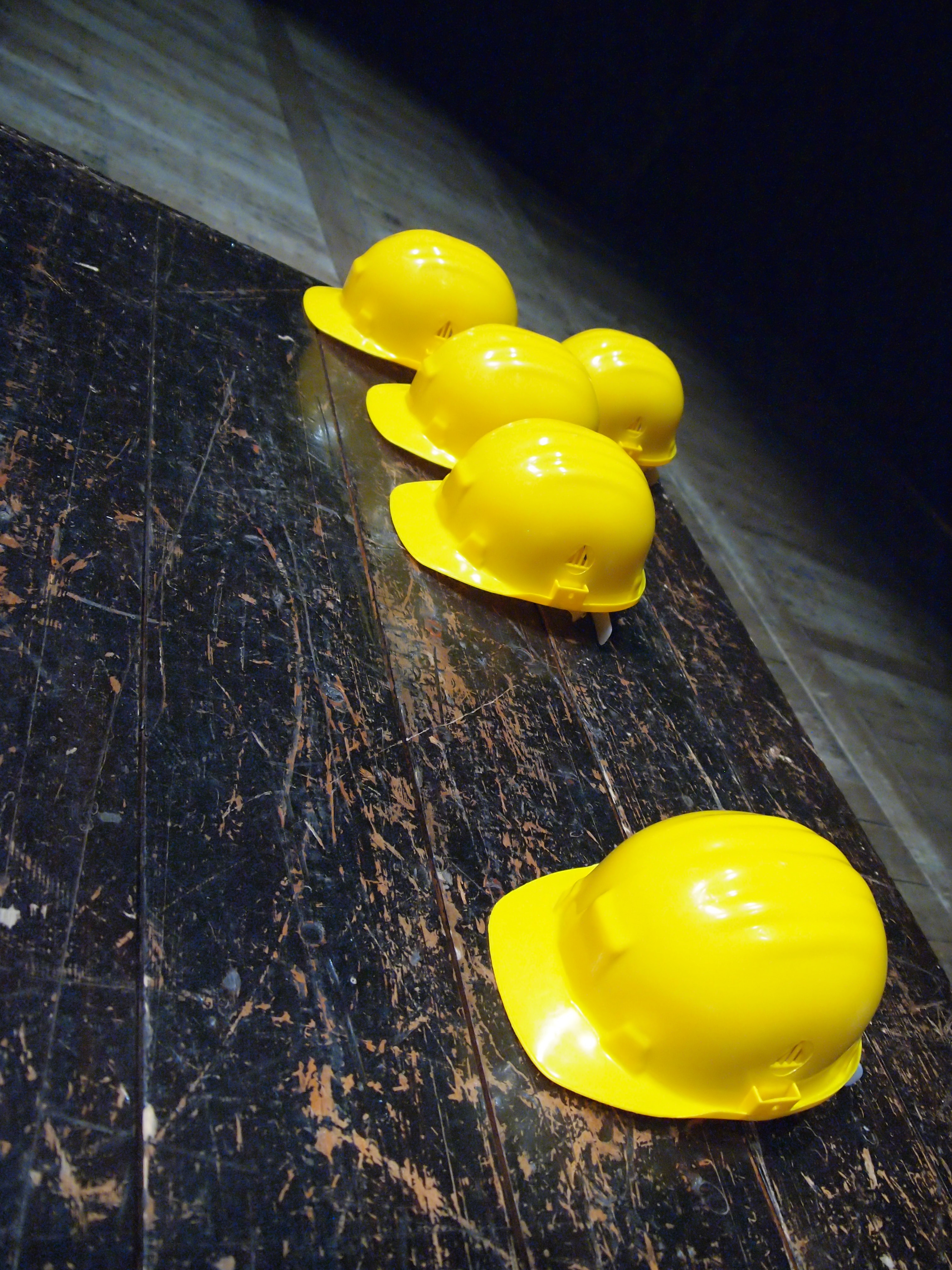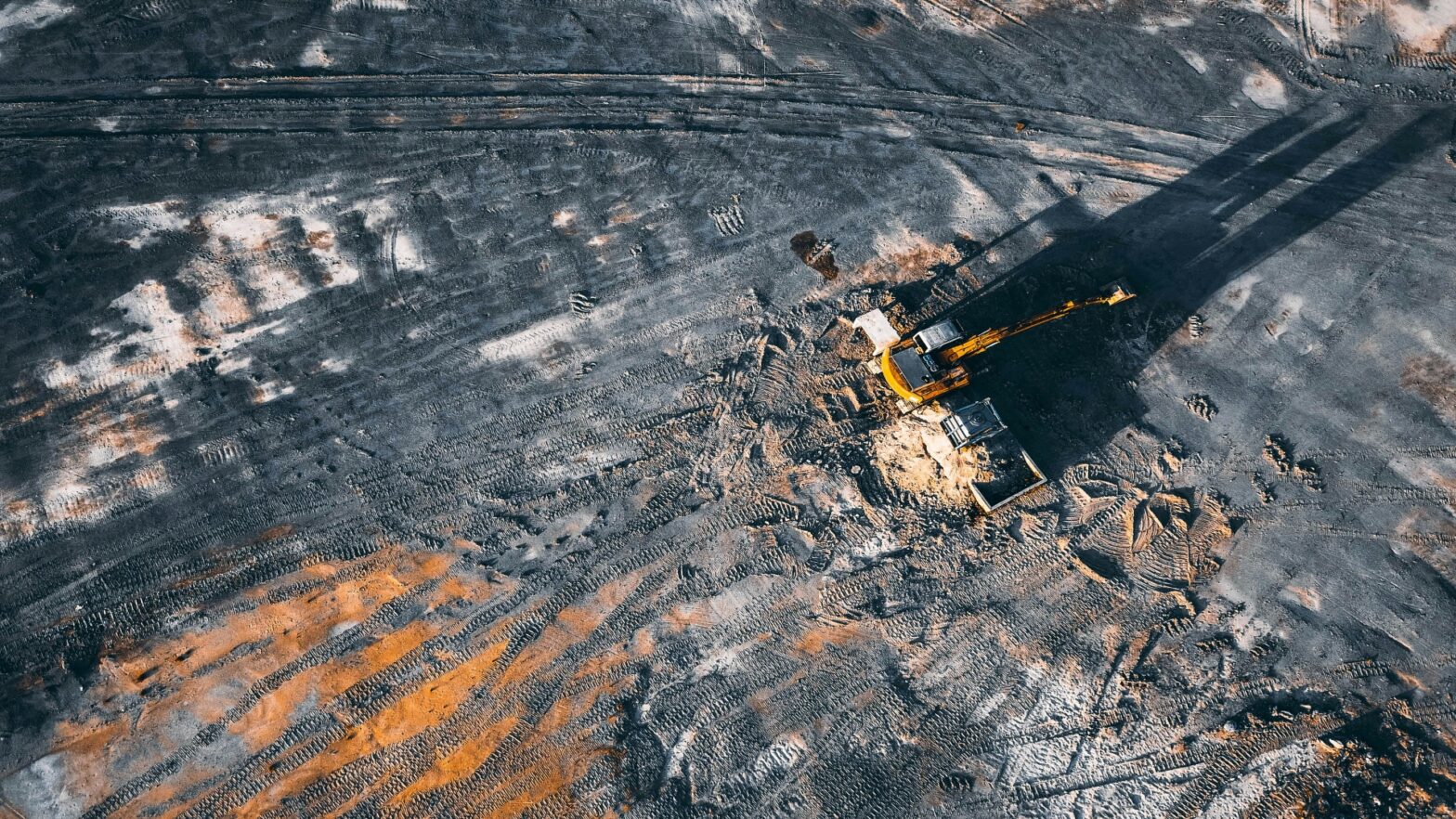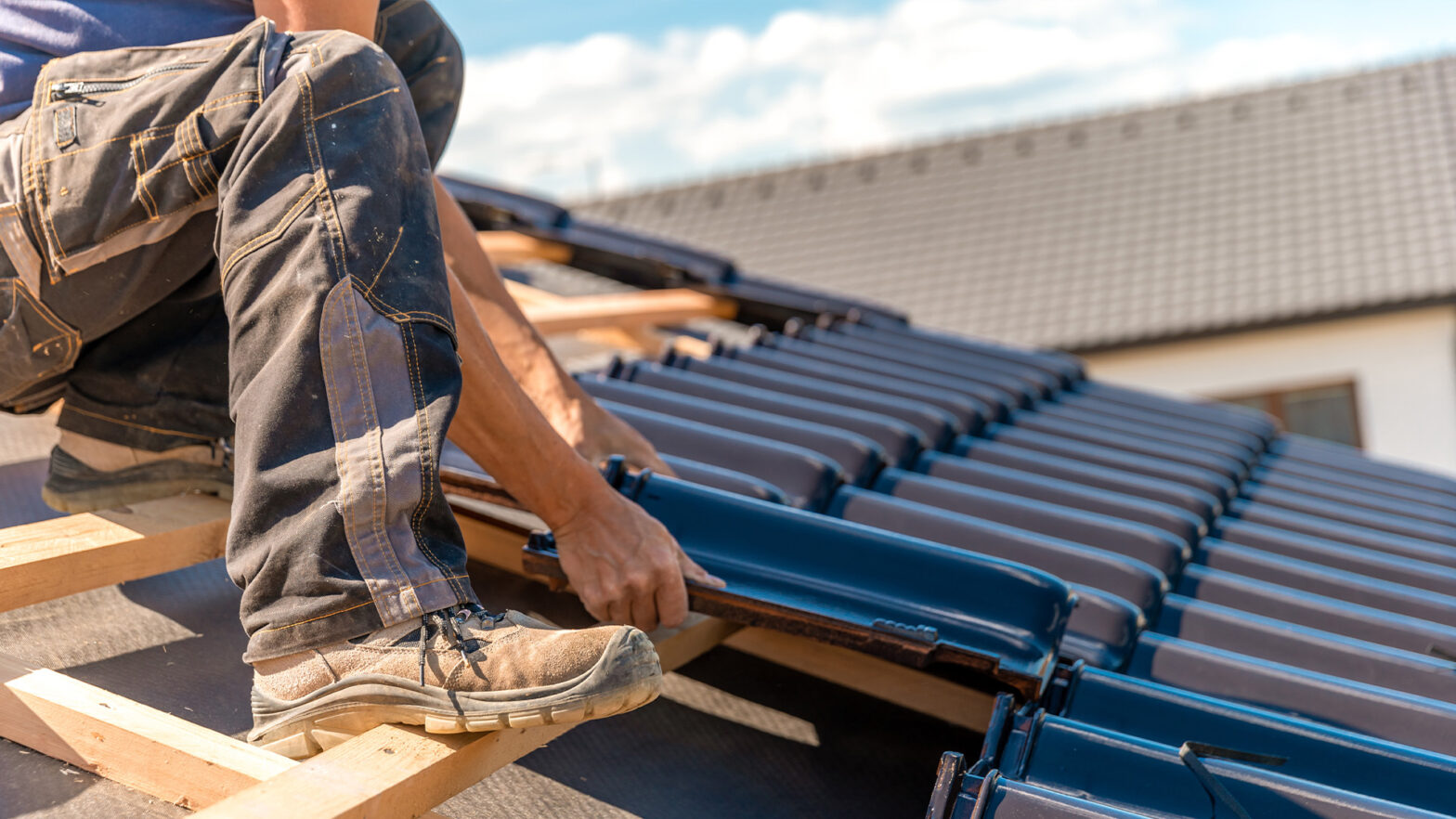Construction projects can leave behind more than just completed structures. The cleanup stage is where hidden environmental risks can surface, and ignoring them could mean serious consequences later.
Issues like contaminated soil and abandoned underground storage tanks aren’t always obvious hazards. But managing these risks protects the environment alongside your project’s compliance and reputation.
So, how do you address these challenges and what steps ensure a safe cleanup process? Here’s how to handle everything effectively.
Identifying Hidden Environmental Hazards Early
Hidden environmental risks may remain unnoticed until cleanup begins. A thorough site assessment helps uncover these hazards before they become bigger issues.
To achieve this:
- Review historical land use records, which may reveal past industrial activities or fuel storage
- Conduct a Phase I Environmental Site Assessment for potential contamination clues
- Use geophysical surveys to locate underground storage tanks or buried debris
- Test soil and groundwater for contaminants like petroleum products, heavy metals, or chemicals
These steps ensure no hazard is overlooked. Collaborating with qualified environmental consultants adds expertise to the process. Their experience guides you through inspections and testing methods effectively. In addition, confirming the locations of subsurface utilities can prevent accidental damage during excavation. Engaging underground utility locating services provides precise mapping of underground lines, giving cleanup teams greater confidence in their operations and enhancing overall site safety.
Mitigating Risks from Underground Storage Tanks (USTs)
Underground storage tanks, or USTs, pose significant environmental risks if not managed properly. Leaks from these tanks can contaminate soil and groundwater, leading to costly cleanup efforts.
To mitigate risks:
- Conduct tank inspections during initial site assessments for signs of aging or leakage
- Test the surrounding soil and water for contamination using proper sampling techniques
- Hire certified professionals for underground tank removal to ensure compliance with safety standards
Ignoring UST issues often leads to more significant problems later. Addressing them promptly keeps your project on track and safe.
Once removed, backfill the affected areas with clean material and continue to monitor for residual contamination as needed. Proactive action here prevents long-term liability while protecting both the environment and community health.
Testing and Monitoring Contaminated Areas
Testing and monitoring are crucial during cleanup to ensure that no hazardous materials are left behind. Skipping this step risks long-term environmental damage and damage to your project’s reputation.
You must therefore:
- Use soil sampling methods to check for pollutants like heavy metals or hydrocarbons
- Conduct groundwater tests near potential contamination sources such as tanks or drains
- Install monitoring wells on-site for ongoing checks of water quality over time
- Analyse air quality to determine if chemical vapors may be present, especially indoors or in confined spaces
Accurate data from these tests guides safe cleanup decisions. Collaborating with environmental laboratories ensures the reliability of test results. Regular monitoring provides assurance that any identified issues are properly resolved, helping to meet regulatory standards while maintaining safety throughout the project lifecycle.
Best Practices for Hazardous Waste Disposal
Disposing of hazardous waste improperly can result in penalties and environmental harm. Safe, compliant practices ensure cleanup success without legal trouble.
Key steps include:
- Identifying all hazardous materials on-site, such as contaminated soil, chemicals, or asbestos
- Labeling waste containers clearly to avoid confusion or cross-contamination
- Storing hazardous materials in approved containment systems during cleanup activities
- Partnering with licensed disposal companies that follow local and federal regulations
Improper handling can spread contamination instead of solving it. By treating each material with care, you ensure your project meets the highest safety standards.
Developing a detailed waste management plan ensures no critical step is missed. Regular team training reinforces correct procedures and reduces accidental errors during the process.
Final Thoughts
Environmental risks during construction cleanup require attention and proactive measures. From identifying hidden hazards to safely disposing of waste, each step safeguards the environment and ensures compliance with regulations. Thoughtful planning, expert collaboration, and careful execution protect both your project’s integrity and the surrounding community for years to come.




